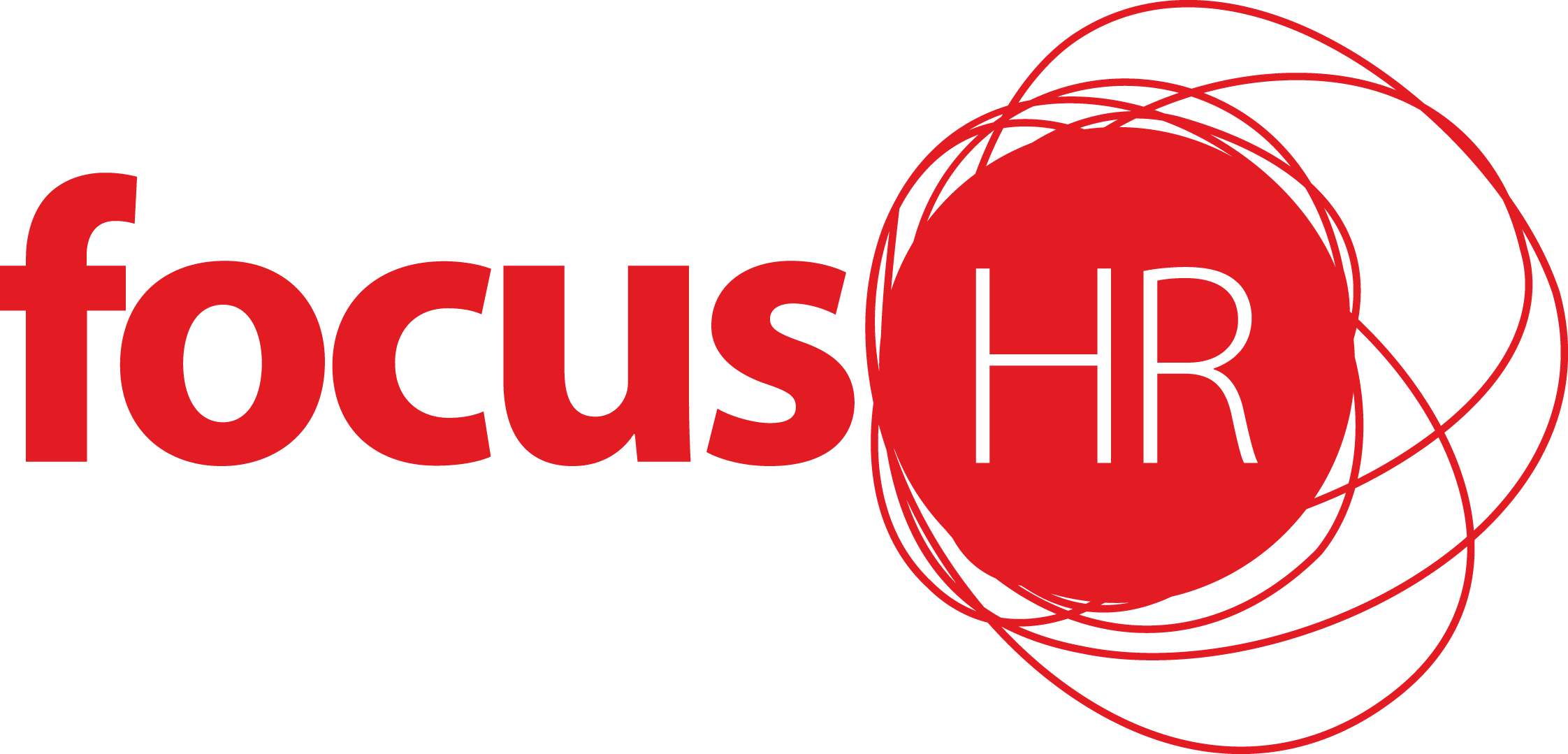One of the lasting impacts of COVID-19 in the modern workplace has been the increased acceptance of hybrid working models or even a complete working from home (WFH) arrangement. Four years on however, many workplaces are battling an increasing ‘entitlement mentality’ in employees for being able to work from home. Some organisations are even doing a complete 180, considering a return to office (RTO) mandate.
Not surprisingly, there is not one correct approach. It’s not true to say that WFH is everyone’s right, nor is a strict RTO mandate likely to be the best path for creating powerful teams and cultures.
Gartner HR 2024 research shows almost half (48%) of employees believe RTO mandates prioritise what leaders want over what employees need to do good work. The research also shows that if a strict mandate was rolled out, 16% of high performers would be a flight risk (double the amount of ‘average’ employees), followed by 11% of women and 10% of millennials.
This doesn’t mean giving up on RTO altogether though. There are significant benefits for company culture from face-to-face time… when it is done the right way.
Becky Norman, co-creator of CulturePioneers (a UK organisation founded to recognise professionals making a significant impact on their workplace culture) talks about the need for a shift in thinking from ‘hybrid’ working arrangements to ‘smart flexibility’. This distinction aligns with our approach at Focus HR.
Smart flexibility means having clear parameters around what flexibility at work can look like and what business outcomes need to be achieved.
If you think about it, this follows the tried and tested approach of ‘if this thing happens, then you get this reward’. As children we hear, ‘If you eat all your dinner then you can have your dessert.’ And as long as the parent holds firm, children are suitably motivated to eat their greens. It’s not surprising then that this same approach can apply in the workplace.
With smart flexibility, organisations are saying, ‘If we achieve these critical outcomes and maintain these elements of our culture, then this is the type of flexibility our people are able to enjoy.’
This builds a culture of high trust. You are saying to your employees: ‘We trust that you are working towards the right goals and focusing on the right outputs.’
The other key to smart flexibility is taking an exploratory approach to your operational guidelines. Like most things in life, people’s needs or wants for flexibility are not a one-size-fits-all situation. Unique teams and roles within organisations might require a different set of rules.
Getting flexibility right – where it is a win-win for both employee and employer – is crucial. Smart flexibility generates high levels of engagement, motivation and productivity in employees and creates great outcomes for organisations.
So, how to do this?
- Identify the outer bounds of what flexibility can be afforded based on operational needs. Keep in mind that this may vary by team or role. For example, it is harder for a mechanic to regularly work from home than it is for an accountant who can more easily access all the tools of their trade at the touch of a laptop button.
- Then within those bounds, explore the right fit with your people. Be clear on how much flexibility can be given, set the expectations on deliverables, and have open conversations about what will work for an employee based on their situation.
- Don’t be afraid to test things out. A key to success for any business implementing flexible work practices is making it abundantly clear that arrangements are not set in stone, and they are not an entitlement. Work with employees to trial an arrangement, have open conversations about what worked and what didn’t, and seek to fine tune.
- Have adult conversations when they are needed. If things aren’t working out, or outcomes are not being delivered – have the adult conversation early. And avoid jumping straight to a ‘this isn’t working’ mindset.
And for those organisations who feel they are currently leaning too far towards the open-slather end of flexibility and need to reign it in, Gartner provides some useful tips on designing a successful RTO policy to prevent employee attrition. The advice is based on avoiding rigid RTO mandates and instead seeking to implement RTO strategies that maximise talent and business outcomes.
Gartner has identified four best practices HR leaders should consider if their organisations seek to formalise in-office work requirements:
- Motivate employees to return to the office rather than mandate. Organisations can motivate employees to come to the office by designing their office space and hybrid policies to make employees feel capable, autonomous, and connected.
- Consider policies that focus on-site attendance per year, not per week. Gartner research found that organisations mandating a minimum number of in-office days per year achieve greater employee performance than those mandating a minimum number of in-person days per week.
- Enable employees to shape the RTO policy. Employees who contributed to their team’s hybrid work arrangements and felt like their needs were considered demonstrated both higher engagement and work performance.
- Provide a clear reason behind requirements for working on-site. Organisations that transparently communicated their reasons for wanting employees to come into the office saw positive impacts on engagement, discretionary effort and retention.
This is an interesting time we are navigating and flexibility presents a real opportunity to create a powerful and positive impact on your organisation’s culture.
For assistance in finding the right path, please reach out to our team.

